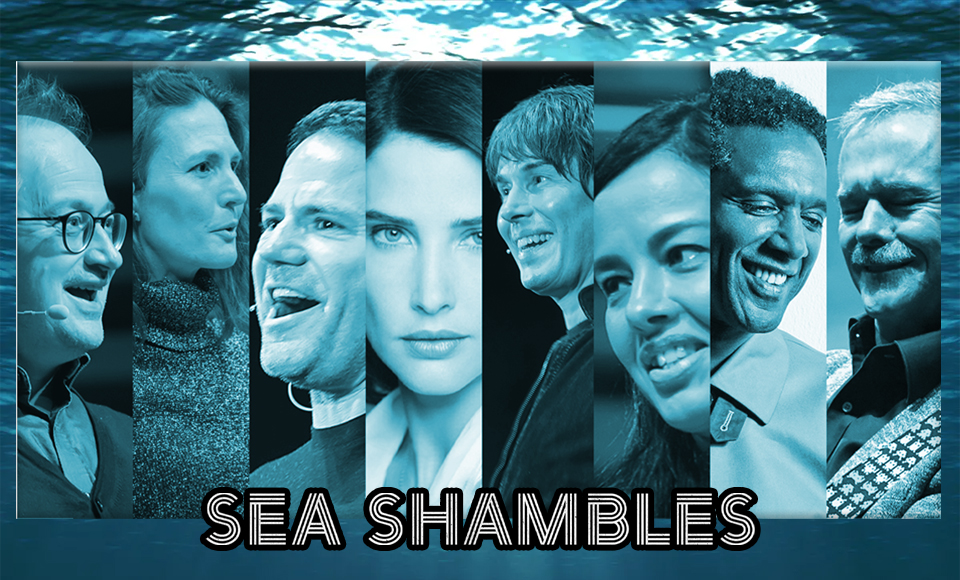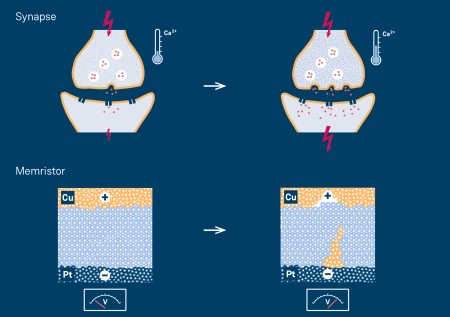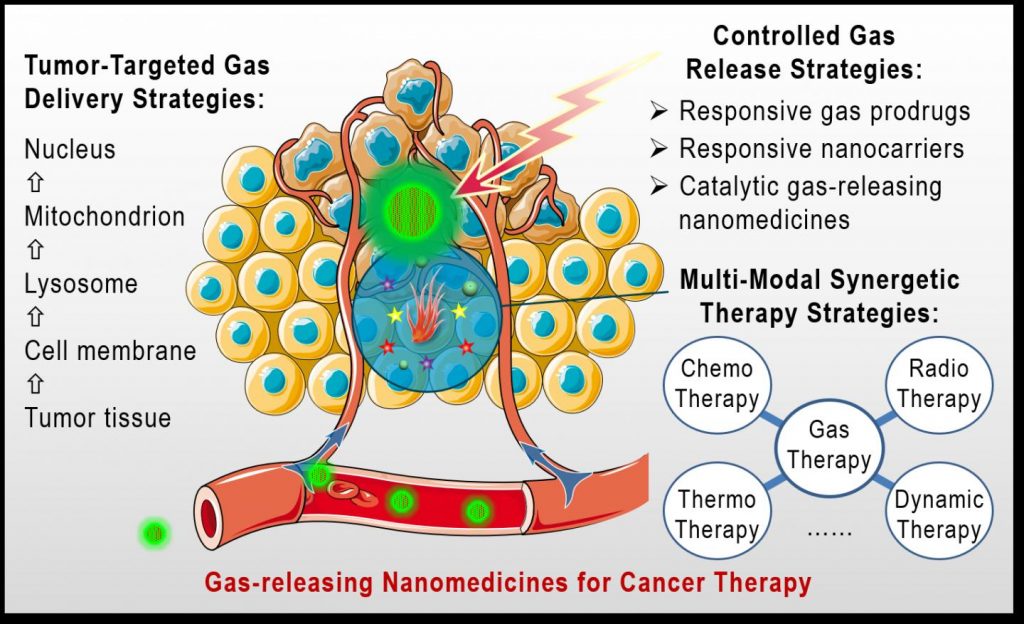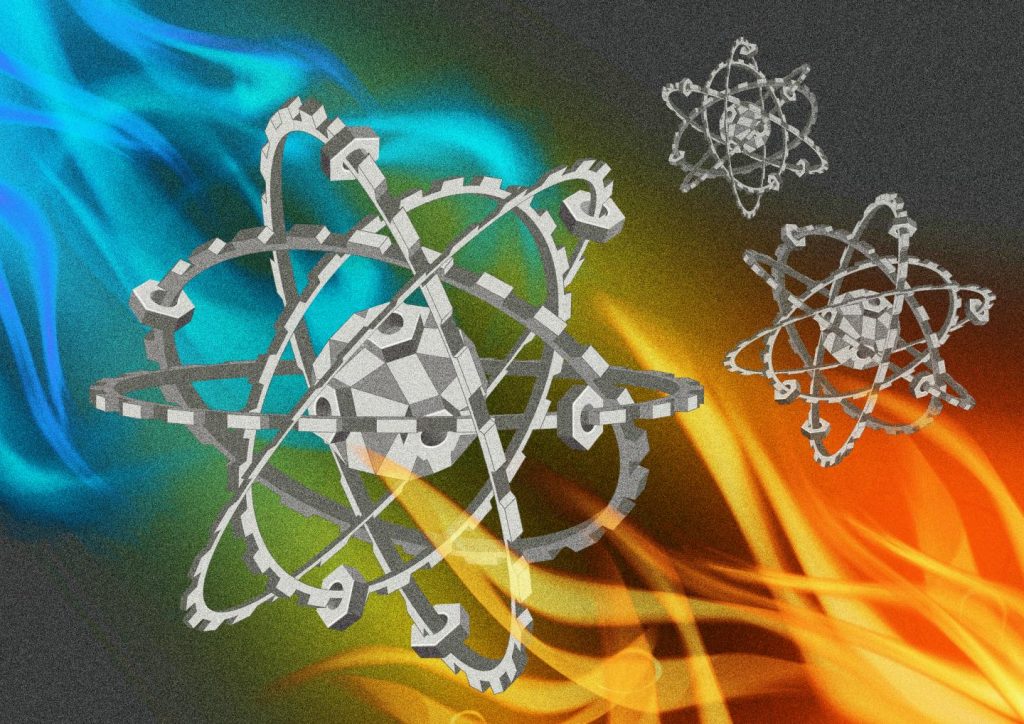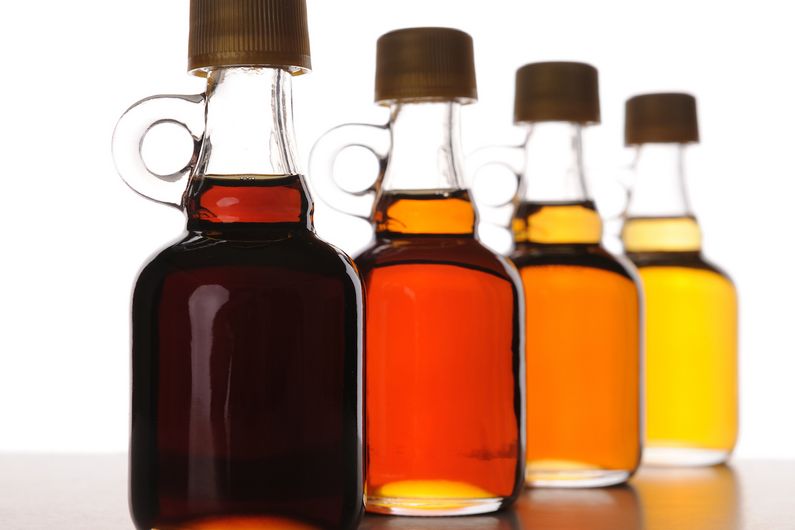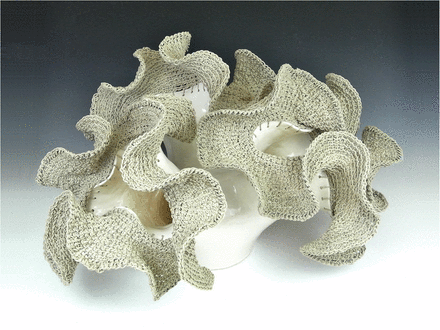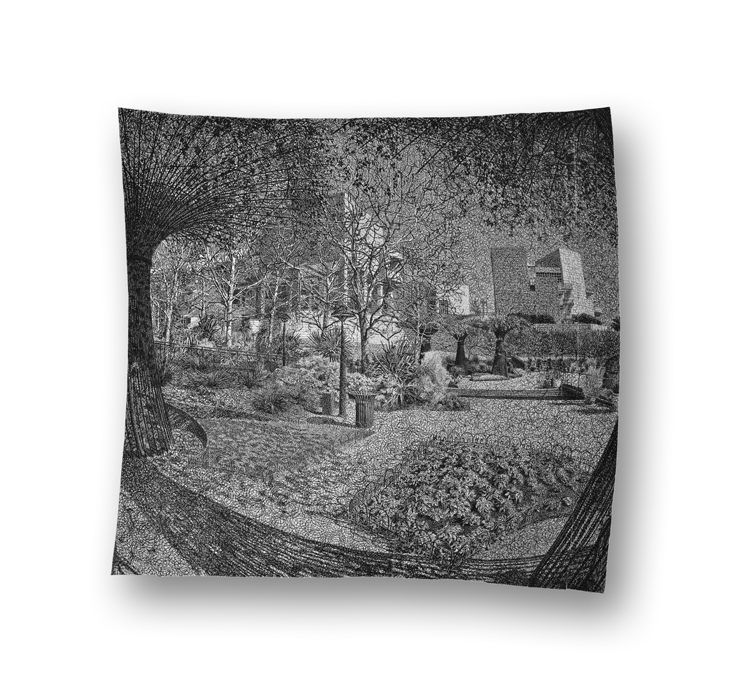I successfully submitted an editorial to the Canadian Science Policy Centre (CSPC). You can find it and a host of others on the CSPC Editorial Series: Response to COVID-19 Pandemic and its Impacts webpage (scroll down under Policy Development) or in the CSPC Featured Editorial Series Volume 1, Issue 2, May 2020 PDF on pp. 31-2.
What I’ve posted here is the piece followed by attribution for the artwork used to illustrate my op-ed in the PDF version of essays and by links to all of my reference materials.
It can become overwhelming as one looks at the images of coffins laid out in various venues, listens to exhausted health care professionals, and sees body bags being loaded onto vans while reading stories about the people who have been hospitalized and/or have died.
In this sea of information, it’s easy to forget that COVID-19 is one in a long history of pandemics. For the sake of brevity, here’s a mostly complete roundup of the last 100 years. The H1N1 pandemic of 1918/19 resulted in either 17 million, 50 million, or 100 million deaths depending on the source of information. The H2N2 pandemic of 1958/59 resulted in approximately 1.1. million deaths; the H3N2 pandemic of 1968/69 resulted in somewhere from 1 to 4 million deaths; and the H1N1pdm09 pandemic of 2009 resulted in roughly 150,000 -575,000 deaths. The HIV/AIDS global pandemic or, depending on the agency, epidemic is ongoing. The estimate for HIVAIDS-related deaths in 2018 alone was between 500,000 – 1.1 million.
It’s now clear that the 2019/20 pandemic will take upwards of 350,000 lives and, quite possibly, many more lives before it has run its course.
On the face of it, the numbers for COVID-19 would not seem to occasion the current massive attempt at physical isolation which ranges across the globe and within entire countries. There is no record of any such previous, more or less global effort. In the past, physical isolation seems to have been practiced on a more localized level.
We are told the current policy ‘flattening the curve’ is an attempt to constrain the numbers so as to lighten the burden on the health care system, i.e. the primary focus being to lessen the number of people needing care at any one time and also lessening the number of deaths and hospitalizations
It’s an idea that can be traced back in more recent times to the 1918/19 pandemic (and stretches back to at least the 17th century when as a student Isaac Newton was sent home from Cambridge to self-isolate from the Great Plague of London).
During the 1918/19 pandemic, Philadelphia and St. Louis, in the US had vastly different experiences. Ignoring advice from infectious disease experts, Philadelphia held a large public parade. Within two or three days, people sickened and, ultimately, 16,000 died in six months. By contrast, St. Louis adopted social and physical isolation measures suffering 2,000 deaths and flattening the curve. (That city too suffered greatly but more slowly.)
In 2019/20, many governments were slow to respond and many have been harshly criticized for their tardiness. Government leaders seem to have been following an older script, something more laissez-faire, something similar to the one we have followed with past pandemics.
We are breaking new ground by following a policy that is untested at this scale.
Viewed positively, the policy hints at a shift in how we view disease and death and hopes are that this heralds a more cohesive and integrated approach to all life on this planet. Viewed more negatively, it suggests an agenda of social control being enacted and promoted to varying degrees across the planet.
Regardless of your perspective, ‘flattening the curve’ seems to have been employed without any substantive consideration of collateral damages and unintended consequences
We are beginning to understand some of the consequences. On April 5, 2020, UN Secretary-General Antonio Guterres expressed grave concern about a global surge in domestic violence. King’s College London and the Australian National University released a report on April 9, 2020 estimating that half a billion people around the world may be pushed into poverty because of these measures.
As well, access to water, which many of us take for granted, can be highly problematic. Homeless people, incarcerated people, indigenous peoples and others note that washing with water and soap, the recommended practice for killing the virus should it land on you, is not a simple matter for them.
More crises such as pandemics, climate change as seen in extreme weather events and water shortages along with rising sea levels around the world, and economic downturns either singly or connected together in ways we have difficulty fully appreciating can be anticipated.
In addition to engaging experts as we navigate our way into the future, we can look to artists, writers, citizen scientists, elders, indigenous communities, rural and urban communities, politicians, philosophers, ethicists, religious leaders, and bureaucrats of all stripes for more insight into the potential for collateral and unintended consequences.
We have the tools what remains is the will and the wit to use them. Brute force analysis has its uses but it’s also important to pay attention to the outliers. “We cannot solve our problems with the same thinking we used when we created them.” (Albert Einstein)
PDF of essays (Response to COVID-19 Pandemic and its Impacts, volume 1, issue 2, May 20202)

This image of an art piece derived from a Fibonacci word fractal was used to illustrate my essay (pp. 31-2) as reproduced in the PDF only.
For anyone unfamiliar with Fibonacci words (from its Wikipedia entry), Note: Links have been removed,
A Fibonacci word is a specific sequence of binary digits (or symbols from any two-letter alphabet). The Fibonacci word is formed by repeated concatenation in the same way that the Fibonacci numbers are formed by repeated addition.
It is a paradigmatic example of a Sturmian word and specifically, a morphic word.
The name “Fibonacci word” has also been used to refer to the members of a formal language L consisting of strings of zeros and ones with no two repeated ones. Any prefix of the specific Fibonacci word belongs to L, but so do many other strings. L has a Fibonacci number of members of each possible length.
…
References used for op-ed
That opinion piece was roughly 787 words and as such fit into the 600-800 words submission guideline. It’s been a long time since I’ve written something without links and supporting information. What follows are the supporting sources I used for my statements. (Note: i have also included a few pieces that were published after my op-ed was submitted on April 20, 2020 as they lend further support for some of my contentions.)
Statistics for previous pandemics
https://en.wikipedia.org/wiki/Spanish_flu For 1918/19 numbers see: Mortality; Around the globe, 2nd. para
https://en.wikipedia.org/wiki/2009_swine_flu_pandemic
https://www.mphonline.org/worst-pandemics-in-history/
https://en.wikipedia.org/wiki/List_of_epidemics
https://www.who.int/gho/hiv/epidemic_status/deaths_text/en/
https://www.avert.org/global-hiv-and-aids-statistics
https://vancouversun.com/news/local-news/how-long-is-covid-19-pandemic-going-to-last-what-will-spread-look-like/ The print version of this article by Gordon Hoekstra featured a sidebar with statistics from the Imperial College of London, US Centers for Disease Control, and The Canadian Encyclopedia. Sadly, it has not been reproduced for the online version.
Statistics supporting my projections
https://www.covid-19canada.com/ This is a Canadian site relying on information from the Canadian federal government, Johns Hopkins University (US) and the World Health Organization (WHO) as well as others.
https://www.worldometers.info/coronavirus/ The focus is international with information being supplied by WHO and by various nations.
History of physical and social isolation and ‘flattening the curve’
https://history.com/news/spanish-flu-pandemic-response-cities
https://www.livescience.com/coronavirus-flatten-the-curve.html What does flattening the curve mean? The writer provides an answer.
Slow response and harsh criticism (e.g., Canada)
https://www.cbc.ca/news/politics/covid-19-government-documents-1.5528726
https://vancouversun.com/opinion/columnists/douglas-todd-weighing-deaths-from-covid-19-against-deaths-from-despair/
Laissez-faire script
https://slate.com/news-and-politics/2020/04/sweden-coronavirus-response-death-social-distancing.html Essay by ex-pat Swede returning home. Ranges from pointed criticism to strong doubt mixed with hope (at the end) about laissez-faire.
Positive and negative views of the ‘flatten the curve’ policy
https://phys.org/news/2020-04-french-philosopher-virus-exploitation.html A French philosopher, Bernard-Henri Levy, suggests the policy reflects two views “life has become sacred” and the [information system] “helps to bring hysteria to the perception of things … . “
https://business.financialpost.com/diane-francis/diane-francis-to-beat-this-coronavirus-we-must-sacrifice-our-freedoms “To beat this coronavirus, we must sacrifice our freedoms” presents arguments for more control over what people do and don’t do. I find it unpleasantly extreme but Diane Francis supports her contentions with some valid points.
Unintended consequences (the good and the bad)
https://www.voanews.com/covid-19-pandemic/cleaner-air-covid-19-lockdowns-may-save-lives Cleaner air.
https://news.itu.int/sharing-best-practices-on-digital-cooperation-during-covid19-and-beyond/ “I think what COVID has done, is actually to put the will to get the world connected right in front of us – and we rallied around that will,” said Doreen Bogdan-Martin, Director of ITU’s Telecommunication Development Bureau. “We have come together in these very difficult circumstances and we have come up with innovative practices to actually better connect people who actually weren’t connected before.”
https://en.unesco.org/news/unesco-mobilizes-122-countries-promote-open-science-and-reinforced-cooperation-face-covid-19 Open science and more cooperation
https://www.aljazeera.com/news/2020/04/global-surge-domestic-violence-coronavirus-lockdowns-200406065737864.html International rise in domestic violence
https://news.un.org/en/story/2020/04/1061052 International rise in domestic violence
https://www.anu.edu.au/news/all-news/covid-19-to-push-half-a-billion-people-into-poverty Increase in poverty worldwide Australian National University press release
https://www.kcl.ac.uk/news/half-a-billion-people-could-be-pushed-into-poverty-by-covid-19 Increase in poverty worldwide Kings College London press release
https://www.wider.unu.edu/publication/estimates-impact-covid-19-global-poverty Rise in poverty worldwide UN working paper
https://www.techdirt.com/articles/20200422/11395644353/unesco-suggests-covid-19-is-reason-to-create-eternal-copyright.shtml Taking advantage of the situation
https://phys.org/news/2020-04-climate-scientists-world-response-coronavirus.html COVID-19 might prove helpful with climate change
ETC.
You might not want to keep getting advice from your usual (expert) crew only
https://www.frogheart.ca/?p=638 Kevin Dunbar’s research into how problem-solving is improved when you get a more diverse set of experts than usual
https://www.theatlantic.com/magazine/archive/2020/04/the-perks-of-being-a-weirdo/606778/?utm_source=pocket-newtab How loners and weirdos (often found amongst writers, artists, etc.) can promote more creative problem-solving
Brute force analysis and tools for broader consultation
I came up with the term ‘brute force analysis’ after an experience in local participatory budgeting. (For those who don’t know, there’s a movement afoot for a government body [in this case, it was the City of Vancouver] to dedicate a portion of their budget to a community [in this case, it was the West End neighbourhood] for citizens to decide on how the allocation should be sent.)
In our case, volunteers had gone out out and solicited ideas for how neighbourhood residents would like to see the money spent. The ideas were categorized and a call for volunteers to work on committees went out. I ended up on the ‘arts and culture’ committee and we were tasked with taking some 300 – 400 suggestions and establishing a list of 10 – 12 possibilities for more discussion and research after which we were to present three or four to city staff who would select a maximum of two suggestions for a community vote.
Our deadlines, many of which seemed artificially imposed, were tight and we had to be quite ruthless as we winnowed away the suggestions. It became an exercise in determining which were the most frequently made suggestions, hence, ‘brute force analysis’. (This a condensed description of the process.)
As for tools to encourage wider participation, I was thinking of something like ‘Foldit‘ (scroll down to ‘Folding …’.). Both a research project (University of Washington) and a video puzzle game for participants who want to try protein-folding, it’s a remarkable effort first described in my August 6, 2010 posting when the researchers had their work published in Nature with an astonishing 50,000 co-authors.
Albert Einstein
The quote, “We cannot solve our problems with the same thinking we used when we created them,” is attributed to Albert Einstein in many places but I have not been able to find any supporting references or documentation.
